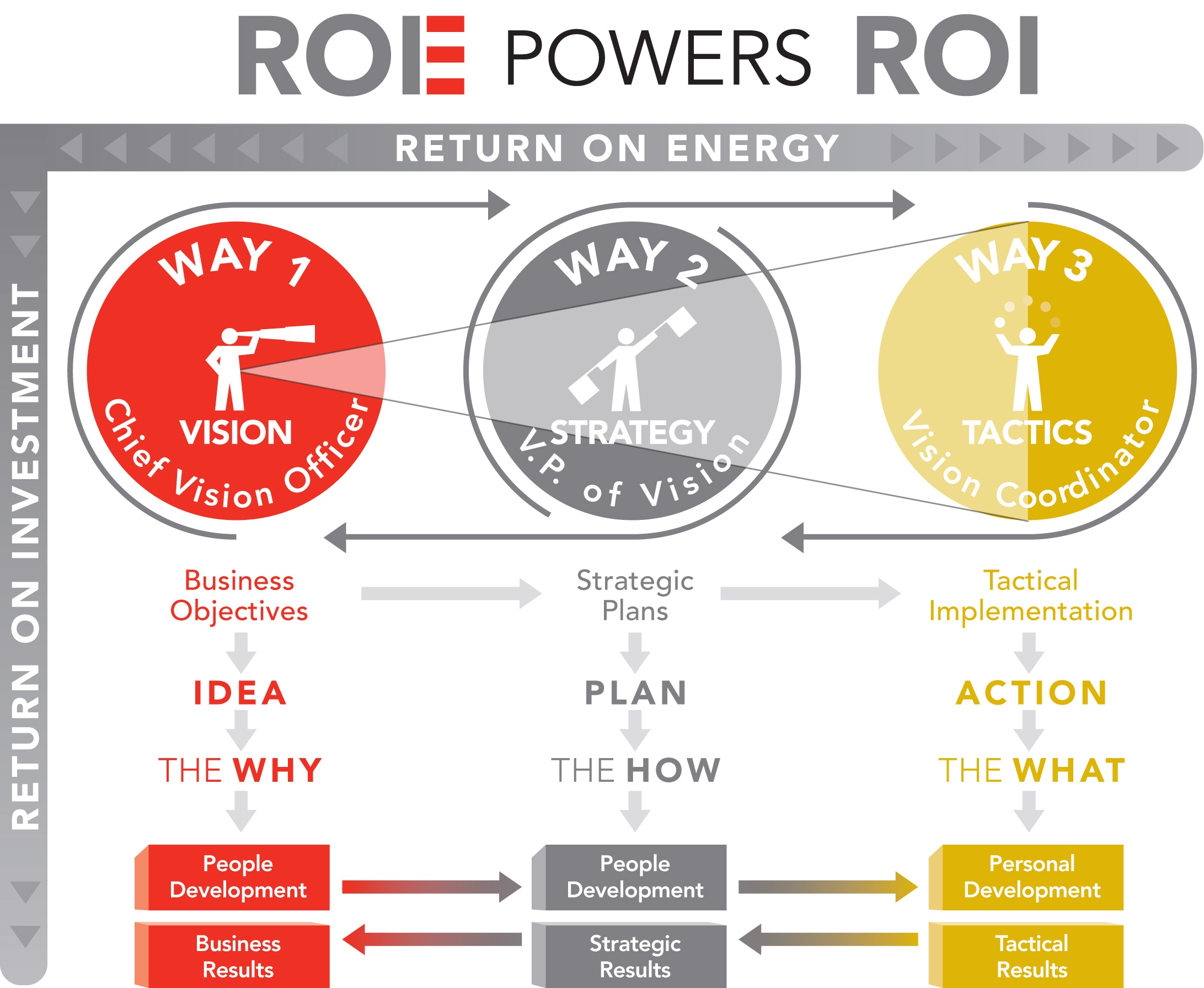Inside Out: How to Market Your Cultural Story Consistently

Marketing a compelling, concise brand for your company can be one of the best ways for you to create not only customer loyalty, but also employee engagement, clear communication, and help you to attract new talent. However, creating a strong brand is much easier said than done, and it by no means is a one-time project: it takes the work of many people, and ongoing cultivation. We spoke recently with Jim Hume, Founder and Principal of Phire Group, a research and brand strategy firm, to help us navigate the tricky world of branding.
According to Hume, many companies - unintentionally - create two different brands: an internal one, perceived by employees, and an external one, perceived by customers and any potential new hires. However, having this divide between your communities can diminish your business’s credibility and authenticity, and therefore the value of what you’re selling.
The solution, then, is to create what Hume calls a branded community. As Hume says, “Newsflash: you don’t own your brand. It’s not your story to tell, it belongs to everybody.”
It’s important to remember that no one person owns your brand, and the voice and personality of the company is not just that of the founder. Rather, building a branded community requires high involvement from your entire community, as well as a lot of transparency.
The best way to ensure you are creating and maintaining a brand that resonates with both your employees and customers is to follow a step-by-step process. While Hume says that it’s always helpful to bring somebody in to streamline this process, you can also execute these steps on your own.
7 Steps to Creating a Branded Community
Step 1: Reflection
A brand audit may sound scary, but it doesn’t have to be. Take the time to sit down with your team and reflect on what you hope to achieve with your brand. Ask yourself the questions “where are you?”, “what are you?”, and “why are you?”.
“We need to be honest with where the organization is,” says Hume.
Step 2: Immersion
This step requires patience, but it is well worth spending the time to have meaningful conversations with all of your stakeholders. While surveys can be great for collecting data, sit-down conversations are much more effective at getting to the heart of your company’s “why”, and will offer you a clearer vision moving forward.
“We want to make sure we have long conversations where the first 15 minutes, they’re going to say exactly what we want to hear, and then they start to open up and tell us what they’re all about too,” says Hume.
Step 3: Engagement
You want your employees to feel connected to your brand, since they are the ones living it every day, but you also want it to resonate with your customers. Therefore, try seeing the world through your customers’ eyes.
And not just your loyal customers, either. But also the ones who weren’t completely satisfied, or even potential customers who went with a competitor. Speaking with these people helps you to understand the chasm between what you think you are and what the customer thinks you are.
Step 4: Articulation
Now that you’ve had lots of conversations and story-gathering, try to hone in on the personality and messaging you’re trying to convey. What’s your voice? What does your organization look like on its best day? What part of your purpose has an emotional appeal that you can tap into?
Once you decide all of this, you’ll want to put together a purpose statement from a community perspective.
“Being the best, being the biggest - none of that is a purpose,” says Hume. “There should be an emotional appeal that comes across.”
Step 5: Activation
Your community has given you their time in order for you to develop this brand, so give something back to them in return. Sometimes, it’s a celebration, be it internal or external. Sometimes, it might be a gift or a note. But it’s always best for there to be a task alongside your brand announcement. Creating an activity or a way for people to share that they are part of your community (think, social media campaigns) is much more engaging and effective than slapping a poster on a wall.
Step 6: Ritualization
You’ve done all the hard work, but there’s still more to do. A brand requires consistent reinforcement to remain relevant. So, create rituals or traditions that embody the brand, and continue to tell stories. Not just the success stories, but also those stories where you and your company have had a learning opportunity (this lends to the transparency and authenticity of your brand).
Step 7: Measurement
Nobody’s perfect, and there’s always room for improvement. The best way to do so is to identify elements of your brand for which you can collect and analyze data. Create feedback communities so you can track this data and improve. Always be willing to ask and to listen (to both your employees and customers). As Hume says, “Let’s make sure we’re asking our customer the question after the question.” Remember, when people feel heard, it strengthens their trust in you.
Your greatest tool is your people
Having a consistent cultural story builds trust, loyalty, makes you a more innovative company, and can improve your recruiting and retention. Hume’s step-by-step process is meant to make this effort feel more manageable for you and your team. And remember, people who you trust and who trust in you are your best tool in making your branded community a success.
“When we align culture and brand, magical things happen,” says Hume.
If you’d like a deeper dive into this topic, don’t miss Jim Hume’s recorded cultural branding workshop:





Submit Your Comment